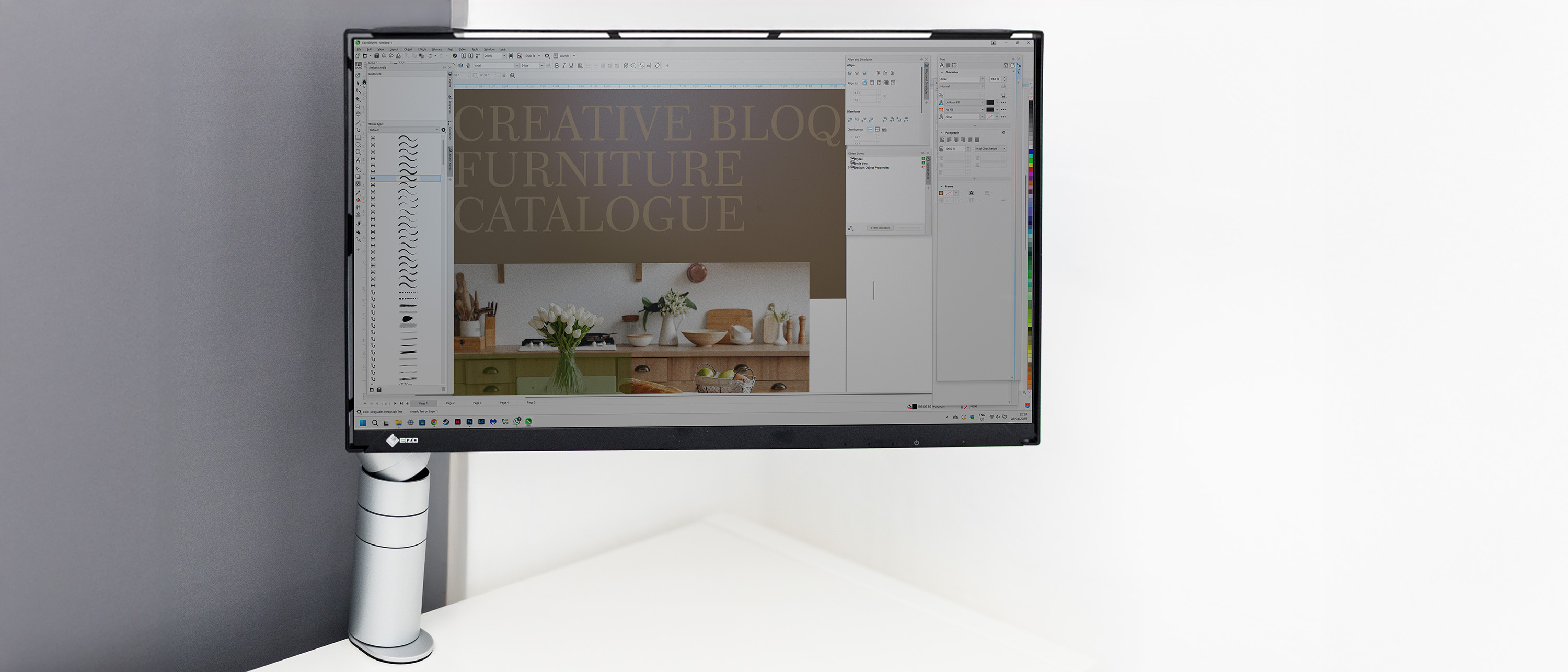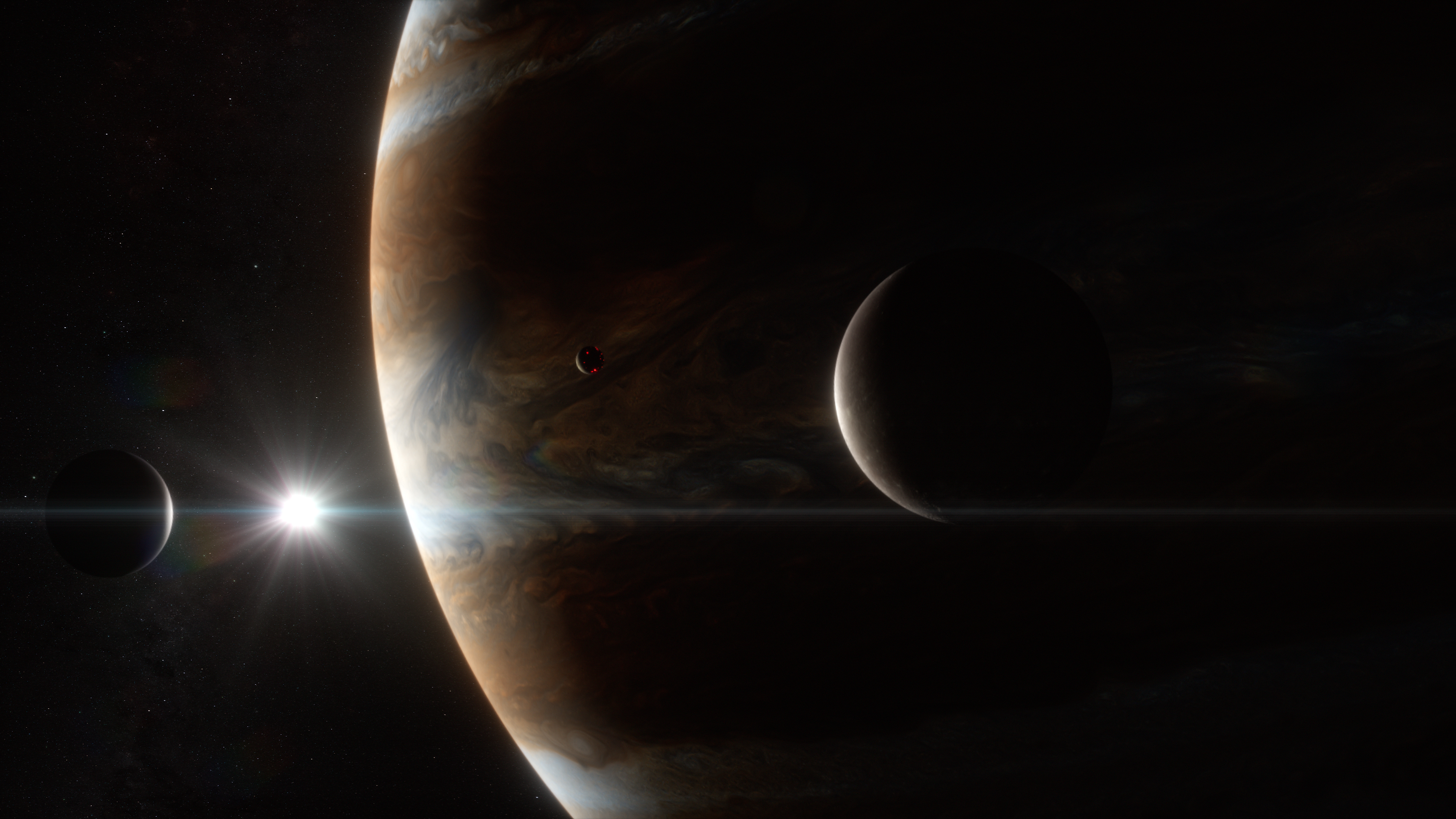
The award-winning VFX studio Lux Aeterna has built a reputation in effects for specialist factual television by transforming scientific concepts and data into breathtaking, cinematic scenes. The result makes science more accessible and entertaining – and has cemented its place as a leader in cinematic science-based visual effects.
Work on prominent productions like 8 Days to the Moon and Back, Our Universe, Secrets of the Neanderthals and the new BBC Studios documentary Solar System showcases the studio's passion for pursuing scientific accuracy while producing engaging, narrative-driven content. We delved deeper to find our more about how they work, which includes close collaboration with scientists and experts in various fields.

Lux Aeterna's work in science and natural history requires a blended focus on maintaining factual integrity while producing narrative-led content that viewers want to engage with. And sometimes that means having to reach out to experts in various fields for input into how best to visualise certain shots and sequences.
When tasked with depicting the planet Theia crashing into a primordial Earth for Our Universe, the Lux Aeterna team got in touch with Dr Keggeris at Durham University, whose area of expertise is planetary collision. Using existing data from the Cosma supercomputer, the team were able to generate an entire sequence for the series. Out of this collaboration, Lux Aeterna produced a simulation of the collision generating two moons, one of which was ultimately reabsorbed into our planet, adding two extra shots and a bit of extra narrative to the scene.
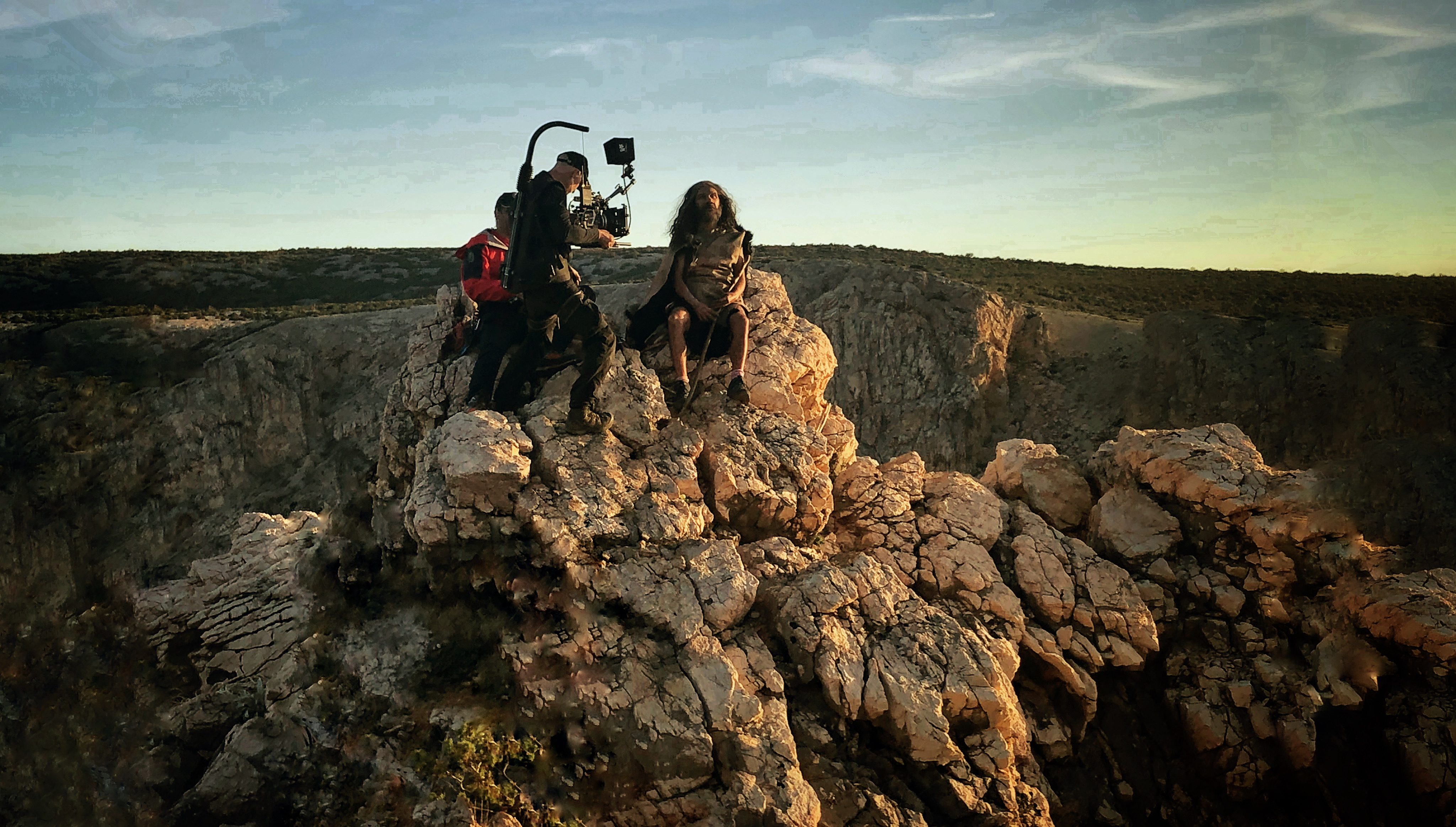
VFX from Secrets of the Neanderthals
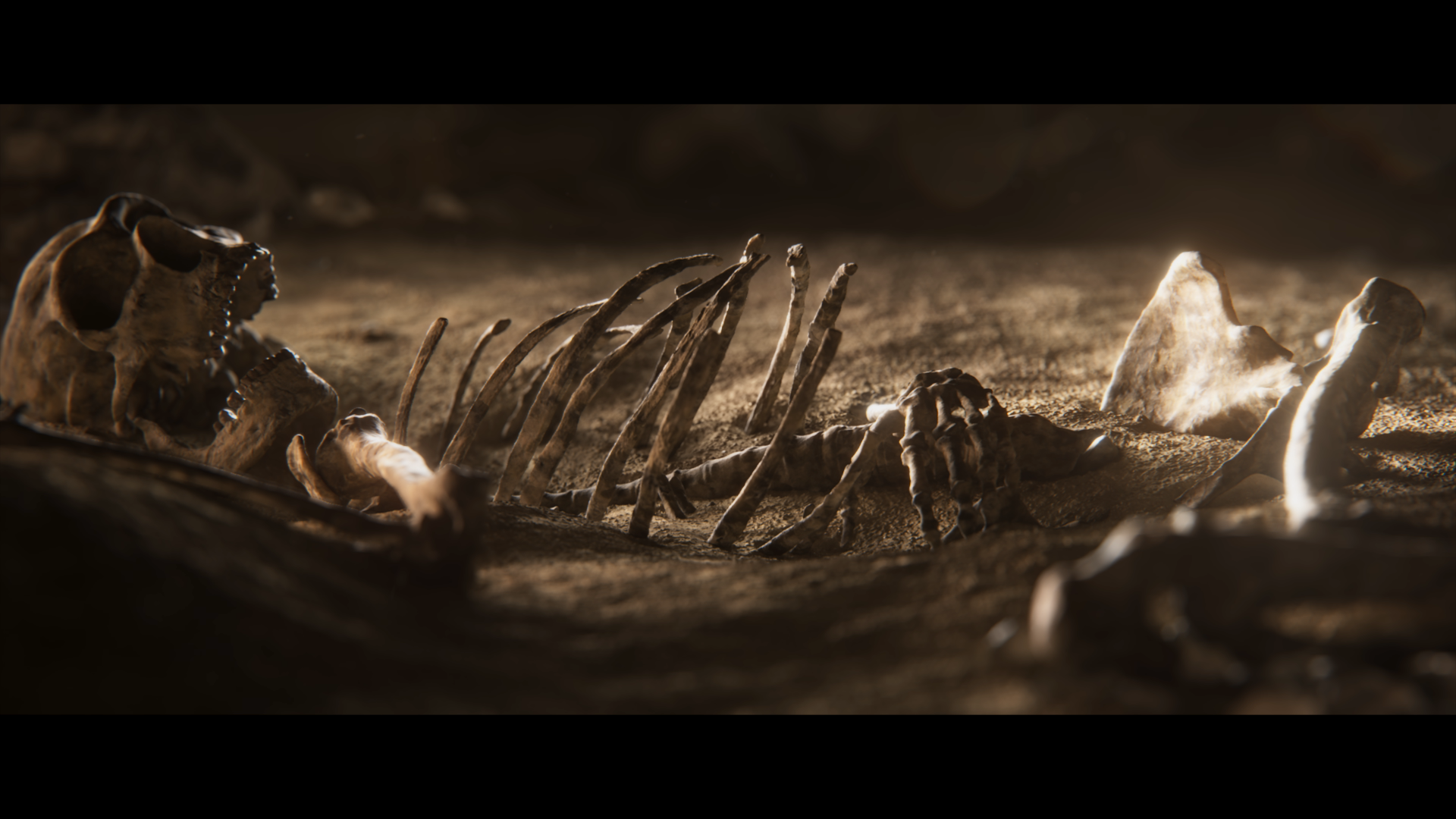
Secrets of the Neanderthals, also produced by BBC Studios, involved a collaboration with Cambridge University on the processing of raw data from a dig site in Iraq. The entire site at Shanidar Cave had been captured using LiDAR scanning, but just as raw data, leaving the Lux Aeterna team to turn these half a billion data points into a realistic and historically accurate environment.
Using MeshLab and Houdini, the team painstakingly recreated the terrain, removing manmade objects and adding details like rocks and streams. Cambridge University provided four skeletons for reference, from which the team used photogrammetry and modelling to reconstruct these within the environment, adding intricate details to points of focus, such as a stab wound to the rib. With consistent feedback and field notes from the scientists, the team at Lux Aeterna breathed life into this fascinating piece of history.
“Sometimes, we’re able to visualise something that is impossible to see or imagine,” says Paul Silcox, VFX Director at Lux Aeterna. “The inside of the sun is one of those places. The team was tasked with imagining a journey through a sun spot, to the connective zone, through the radiative zone, and into the core – then seamlessly changing scale and jumping into the atomic realm.” Through testing and development, the team had to find the balance between a scientifically accurate representation, and something beautiful and cinematic for the viewer.
Get the Creative Bloq Newsletter
Daily design news, reviews, how-tos and more, as picked by the editors.
At the nuclear level, the team came up against the impossible task of depicting the process of fusing atomic nuclei into heavier elements. This process has never been witnessed in microscopic detail, so there was little data to work with in creating this sequence. There was no reference imagery for the interactions of protons either, as they are so minute that they don’t reflect light.
When representing these, comments Tav Flett, Compositing Supervisor, “you’re essentially being asked to visualise a mathematical probability”. Instead, the team focused on capturing that otherworldly feeling of looking in on something which should not be visible to the human eye. Protons were represented by a black hole, and the surrounding, along with their interactions, was used to emphasise the forces involved in these reactions. Using bright lights and camera warping, the team successfully encapsulated these atomic-level concepts in a visually interesting way.
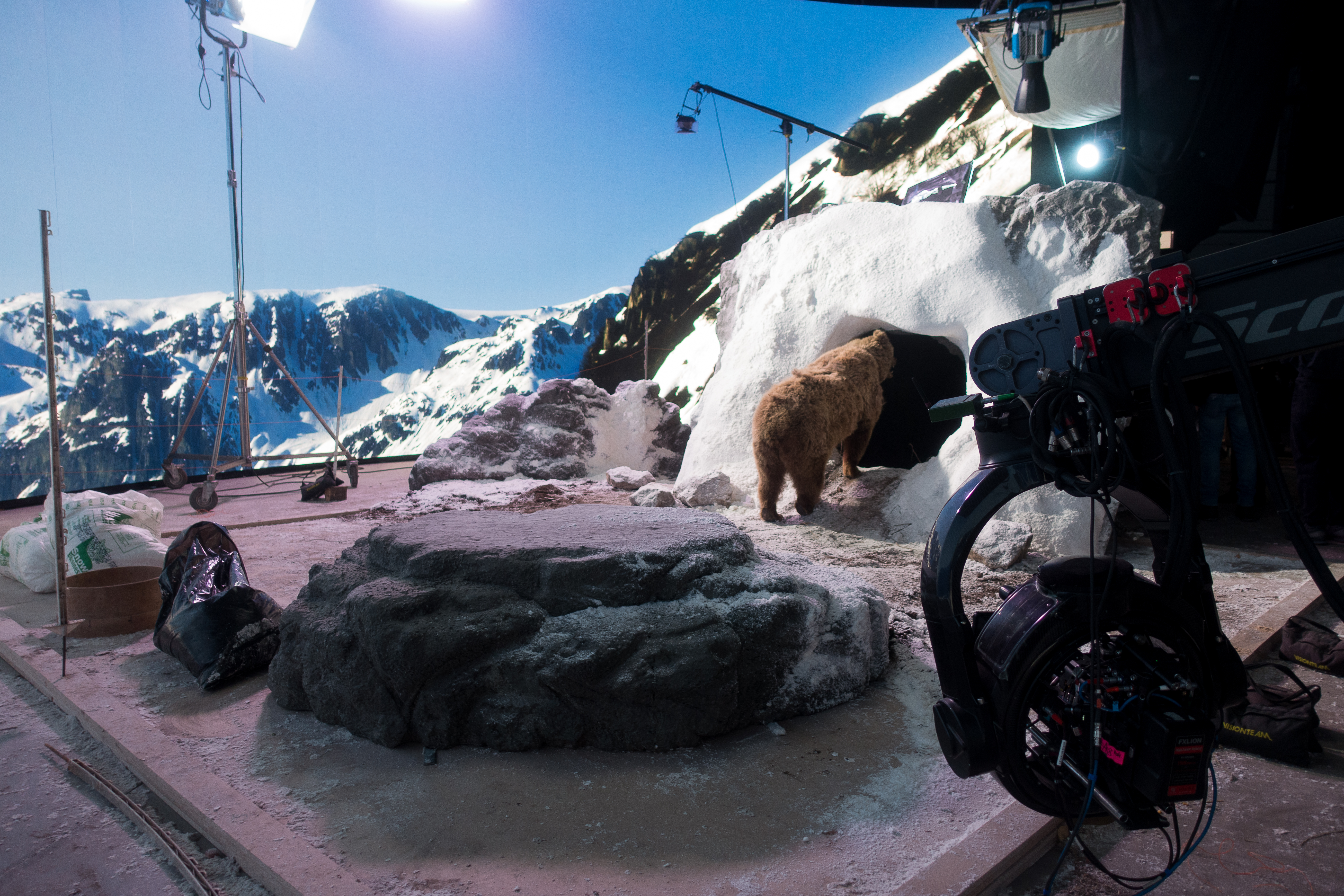
Visual effects can even be an essential component of natural science narratives, helping to construct scenes that would otherwise be impossible to capture. In an episode of Turning Seasons, the Lux Aeterna team assisted with an episode which followed the circadian rhythms of a pregnant brown bear. To film a wild bear, let alone a pregnant female, in close proximity is both dangerous and impractical, so the team relied on a blending of on-site and studio shots to produce footage of this natural phenomenon.
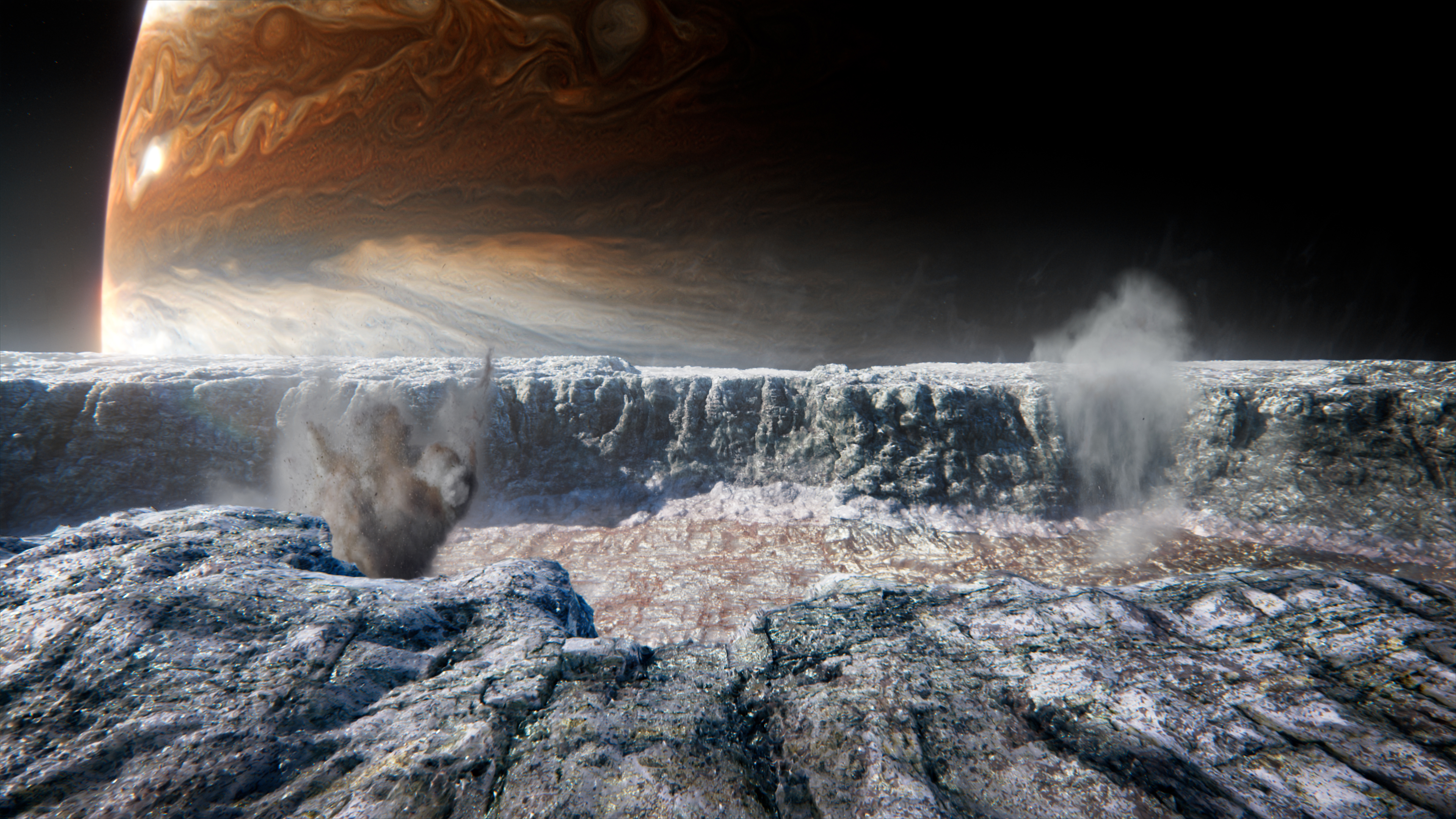
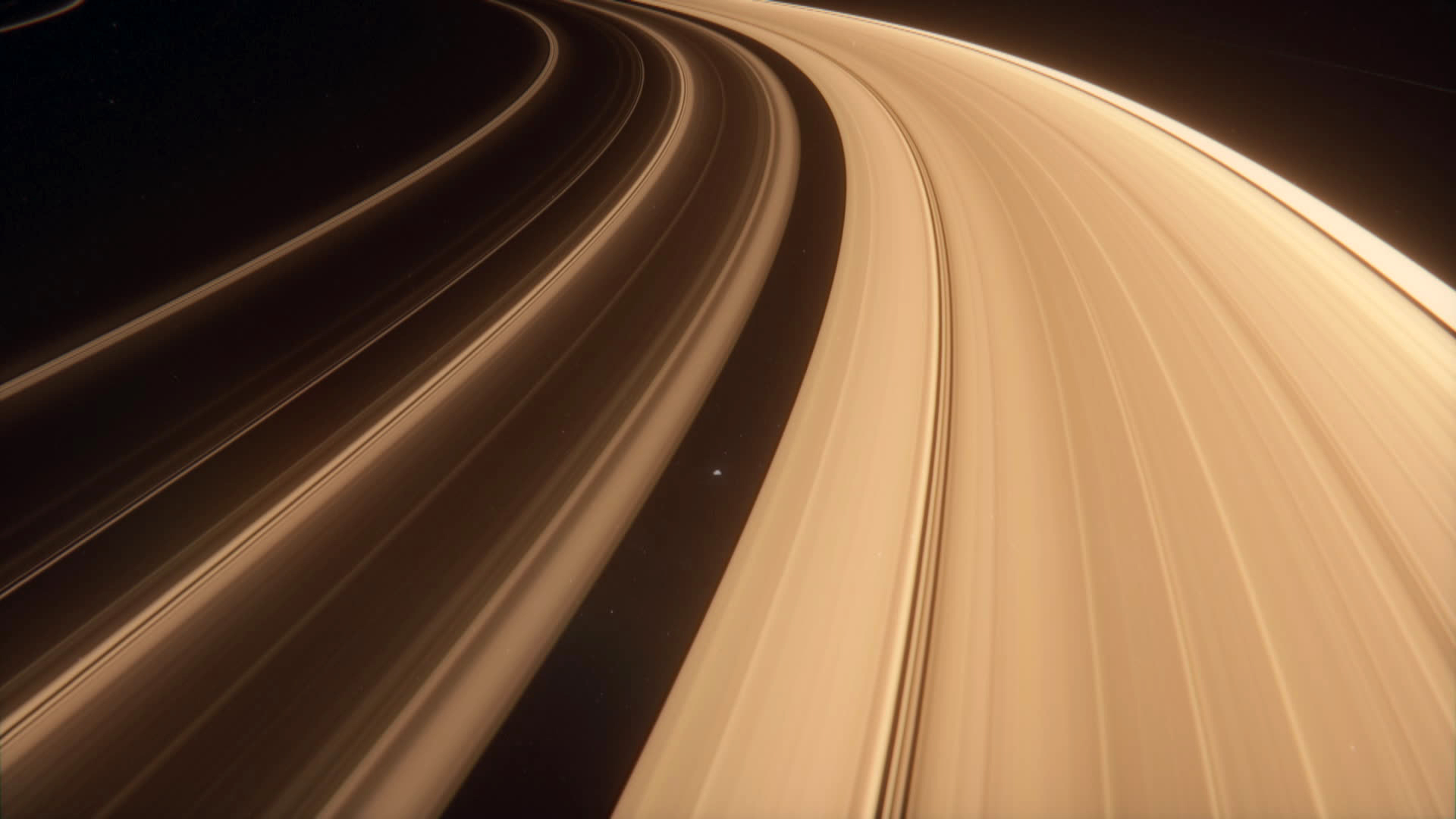
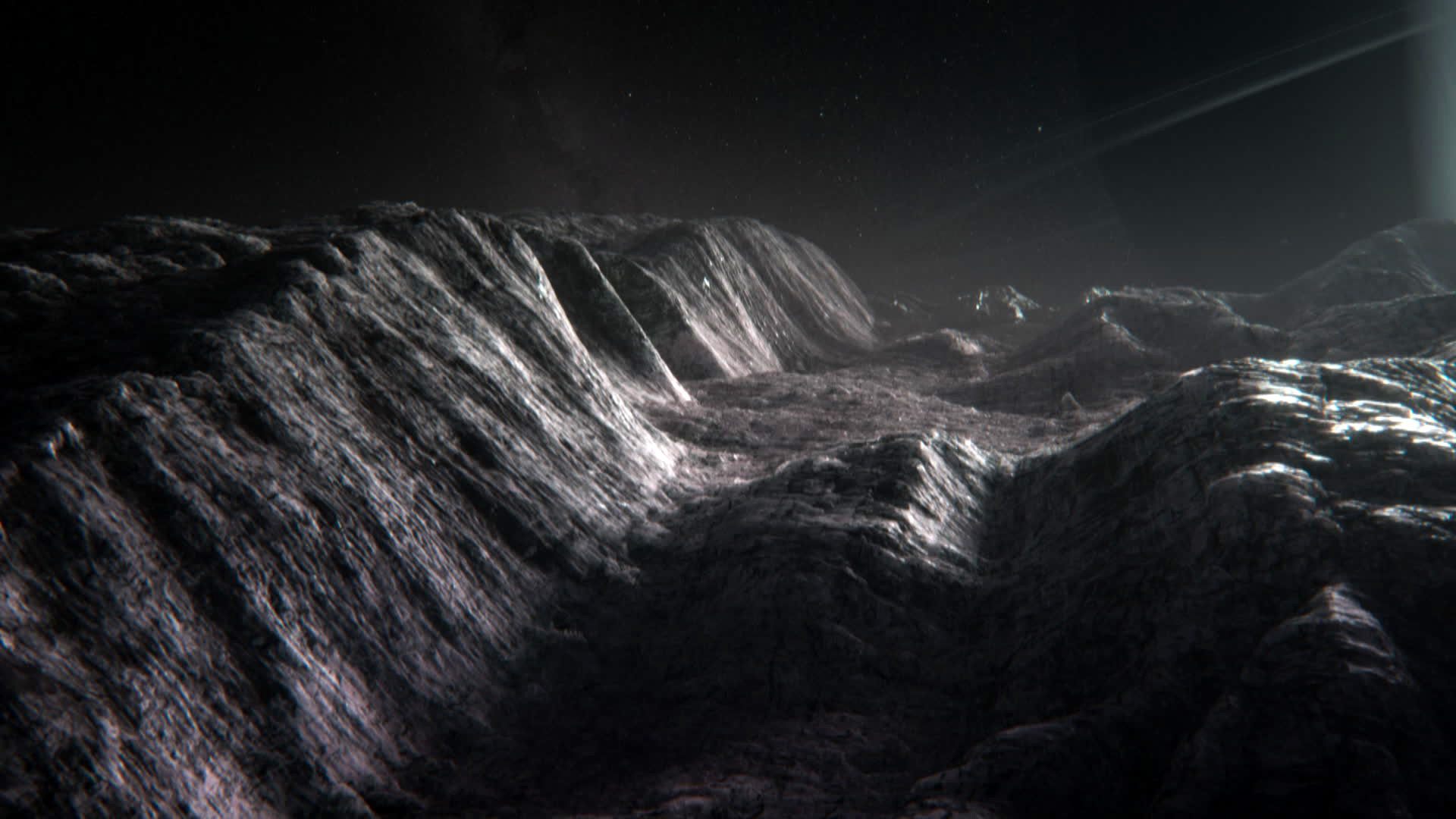
Lux Aeterna continues to produce wondrous portrayals of scientific phenomena in the new five-part series, Solar System, airs on PBS NOVA and on BBC Two and BBC iPlayer, with the UK version presented by Professor Brian Cox. The docuseries takes the viewer on a journey through the most fascinating events occurring throughout the planets and bodies in our solar system.
With full VFX builds needed for most shots to capture these marvels of space, the Lux Aeterna team collaborated closely with the BBC Studios Science Unit to ensure that its work remained strongly based in reality, with acute attention to detail. As a result, Solar System exemplifies the team’s signature blending of scientific accuracy and extraordinary, cinematic-style visuals.
To learn more about Lux Aeterna's VFX work, see our piece on our visit to the Bristol-based studio and our interview with CEO Rob Hifle.
If you need to upgrade your own setup for VFX work, see our pick of the best 3D modelling software. We also have a roundup of the best laptops for 3D modelling.

Thank you for reading 5 articles this month* Join now for unlimited access
Enjoy your first month for just £1 / $1 / €1
*Read 5 free articles per month without a subscription

Join now for unlimited access
Try first month for just £1 / $1 / €1

Joe is a regular freelance journalist and editor at Creative Bloq. He writes news, features and buying guides and keeps track of the best equipment and software for creatives, from video editing programs to monitors and accessories. A veteran news writer and photographer, he now works as a project manager at the London and Buenos Aires-based design, production and branding agency Hermana Creatives. There he manages a team of designers, photographers and video editors who specialise in producing visual content and design assets for the hospitality sector. He also dances Argentine tango.
